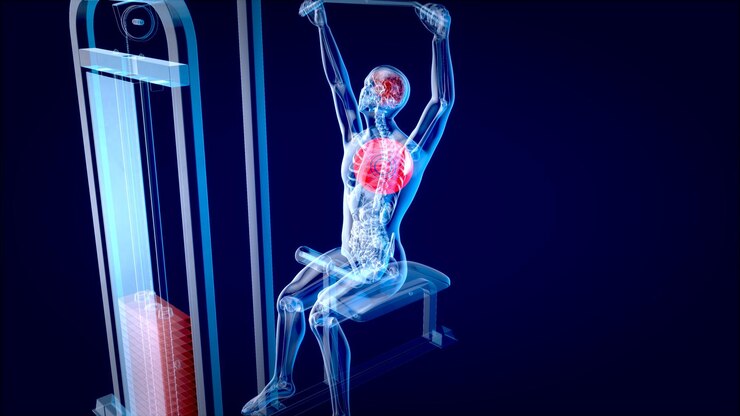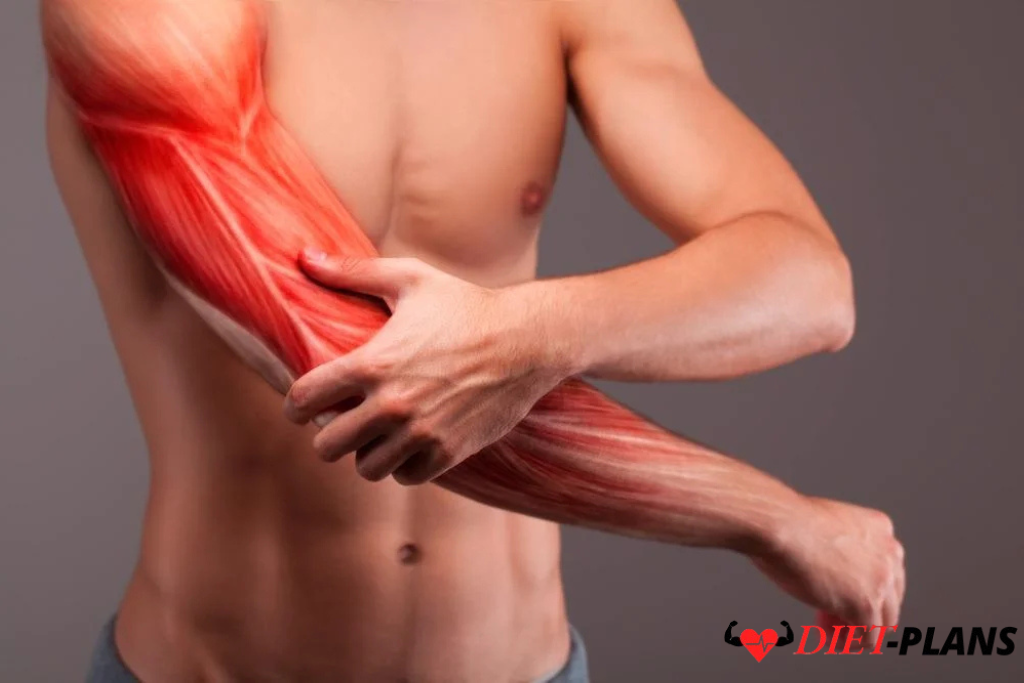The Science of Muscle Recovery: How to Improve Your Training and Recover More Quickly
While pushing our bodies harder is necessary to reach our fitness objectives, adequate muscle recovery and rest are also essential. We frequently engage in a variety of strenuous exercises that strain our bodies and leave us feeling exhausted. Everyone experiences muscular soreness after working out. Regarding muscle pain recovery in particular, it may be seen as a fundamental component of successful training, enabling our bodies to relax, mend, rebuild, and even assist us in returning stronger.
It is impossible to see muscle recovery.
Quick muscle recovery is crucial for strengthening and healing your muscles, preventing injuries, lowering tiredness, and improving performance. Ignoring it can result in long-term health issues, including inflammation and hormone imbalances, as well as persistent discomfort and overtraining. To ensure continuous improvement and optimal performance, muscle recovery is essential for our body to repair, adapt, and be ready for the next challenge. In a nutshell, rest is an essential component of training, not just a respite.
What Takes Place During Muscle Recovery
Muscle recovery is the process by which a person’s body mends the tiny tears brought on by intense activity, strengthening and fortifying muscle fibers. Increased protein synthesis, glycogen storage replenishment, and decreased inflammation are all examples of this.

To guarantee that our muscles are ready for the next activity, muscle soreness recovery also includes the elimination of metabolic waste products and the repair of the neurological system. In addition, healthy eating, rest, hydration, and active recuperation are important recovery components that improve performance, guard against injuries, and advance general well-being.
The Three Essential Stages of Fast Muscle Recovery
The three essential stages of fast muscle recovery are repair, replenishment, and restoration. Your body repairs small rips in your muscle fibers from exercise, strengthening and fortifying them throughout the healing phase. Restoring energy stores, such as glycogen, through an appropriate diet and water is the main goal of replenishment. Last but not least, hormonal mechanisms promote recuperation and prime your body for the next workout during rest and sleep. When combined, these stages guarantee enhanced performance, less discomfort, and sustained fitness improvements.
Additionally, muscle recovery entails:
- Glycogen Replenishment: This means replenishing the energy lost during physical activity.
- Reducing Inflammation: Another aspect of recovery is controlling the inflammatory reaction brought on by vigorous exercise.
- Tissue Repair: It promotes the general health of muscles and repairs connective tissues.
The Critical Stages of Muscle Repair
Muscle soreness recovery mainly involves 3 important stages:
Immediate Recovery (0-2 Hours)
One can start by rehydrating to replace fluids lost during their workout. Then, eat a combination of protein and carbs to jumpstart muscle repair and refill energy levels.
Short-Term Recovery (24-48 Hours)
This phase includes getting plenty of sleep, as deep sleep releases growth hormones that help the muscles recover. During this time, engage in light activities like walking, yoga, or gentle stretching to boost blood flow and reduce stiffness.
Long-Term Recovery (72+ Hours)
Plan rest days and lighter training weeks in the workout schedule to give your body the time it needs to fully heal and grow stronger. Regularly check your progress and adjust your exercise routine to avoid overtraining.
By following these steps, an individual can recover faster and perform better in their next workout!
Effective Strategies for Fast Muscle Recovery
- Protein: Aim for 20-30 grams of high-quality protein within two hours of your workout to optimize MPS.
- Carbohydrates: Pair proteins with carbs to replenish glycogen stores and enhance muscle repair.
- Micronutrients: Include magnesium, potassium, and vitamin C-rich foods to reduce inflammation and muscle cramps.
- Hydration: Dehydration can impair muscle function and delay recovery. Replace lost electrolytes by drinking water and consuming electrolyte-rich beverages, especially after intense exercise.
- Sleep: Sleep is the body’s natural recovery mechanism. Aim for 7-9 hours per night to maximize muscle repair, hormone regulation, and overall recovery.
- Active Recovery: Engage in low-intensity activities to boost blood flow, enhance nutrient delivery to muscles, and flush out metabolic waste like lactic acid.
- Cold Therapy: Ice baths or cold showers can reduce inflammation and alleviate muscle soreness, though they’re best used sparingly to avoid interfering with long-term adaptation.
- Foam Rolling and Stretching: Foam rolling helps release muscle tightness and improve flexibility. Dynamic stretches post-workout and static stretches on rest days can enhance muscle recovery and range of motion.
Signs You’re Not Recovering Properly
- Constant fatigue or muscle soreness, even after 48 hours of rest.
- Decline in performance or strength.
- Irritability, poor sleep, or lack of motivation.
- Frequent illnesses.
If you notice these signs even after resting, then you should reassess your recovery routine and consider incorporating more rest, improved nutrition, or professional guidance. At Anytime Fitness, we have certified and knowledgeable trainers who provide you with appropriate guidance at every step of your fitness journey. Check out the Anytime Fitness Gym Membership today!
To Sum Up!
Muscle recovery isn’t just a passive process; it’s an active part of training. By prioritizing rest, nutrition, hydration, and science-backed strategies, you’ll not only recover faster but also train smarter. Remember, fitness is a marathon, not a sprint—and a well-recovered body is your greatest asset in achieving your goals.

